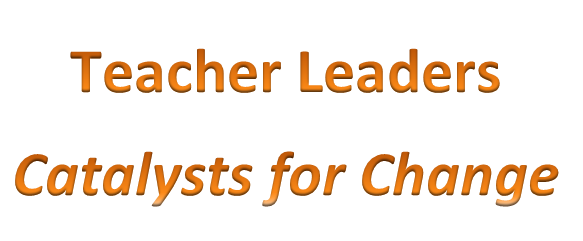Not all educators are won over by the bells and whistles that come with edtech. Many teachers feel threatened by technologies that aim to “replace them,” and cannot keep up with the training and the push that comes from within the schooling system. According to eSparks Learning, teachers regardless of age or experience level harbor doubts about their ability to successfully use classroom technology. So, if teacher’s skills and technology are to exist in harmony, there needs to be a balance. We need teachers’ talents and at the same time encourage them to start looking to the future.
The majority of today’s student population have never known the world without high-speed internet. It acts as a source of information, a place to socialize and now, a place for them to gain a formal education. Teachers need to see technology as another way to engage with their students and not as a replacement for their talents and their jobs. So, in hopes of finding a balance between technology and teaching, here are some ways to make sure there is a balance between teaching and technology.
Give Teachers Control
One way that this balance can be achieved is by teachers being in control of the technology that makes its way into the classroom. This ensures that technology compliments current teaching methodologies and does scare teachers into thinking that their talents are no longer valid. Schools and classrooms will not spiral out of control when we allow teachers the flexibility to take calculated risks. Not every edtech product will work, and with so many dynamic variables in every classroom, teachers need to be in making the decisions when it comes to the technology that will best suit the needs of their teaching and their students’ needs.
Technology Is Not Always the Answer
Another way that the tech and teaching balance can be met is by not believing that technology is the solution to every problem. With thousands of edtech products on the market, teachers are being told that a computer can “do it better.” While technology can help bridge gaps in content, it cannot solve problems more personal teaching problems around behavioral issues, student engagement and psychological problems that come into play. Teaching is more than just relaying content, and teachers’ talents and intuition are sometimes the best answers.
Catering to Learning Styles
Educators have always found it difficult to cater to all learning styles. As one person, it is hard to teach content at different levels in one lesson. Technology is allowing non-English speaking students and those with physical/learning disabilities to achieve comparable results to their peers. Teachers need let their egos take a back seat and the benefits of personalized learning slide in. By balancing natural ability with the malleability of technology and you get a balance that works in everyone’s interest.
New vs. Old
Novelty is always scary and with every innovation comes training and manuals. Information Today Inc recently put out a great article on the problems that new technology brings and why teachers are so untrusting and unhappy to learn. This is again, due to an imbalance in the technology vs. teaching problem. Educators should not be introduced to every new shiny gizmo but be given a chance to grow into the innovation. Teachers need to be allowed to find a balance between doing what they have done and incorporating the new with the old.
Overall, the most important aspect that feeds into all the above points is the control that is afforded to teachers. Every classroom is different, and teachers need to be in the driving seat when it comes to making a choice, implementation and ultimate success of the technology. Teachers should not fear that technology will take their place but that they can use it to supplement their weaknesses and elevate their talents.



